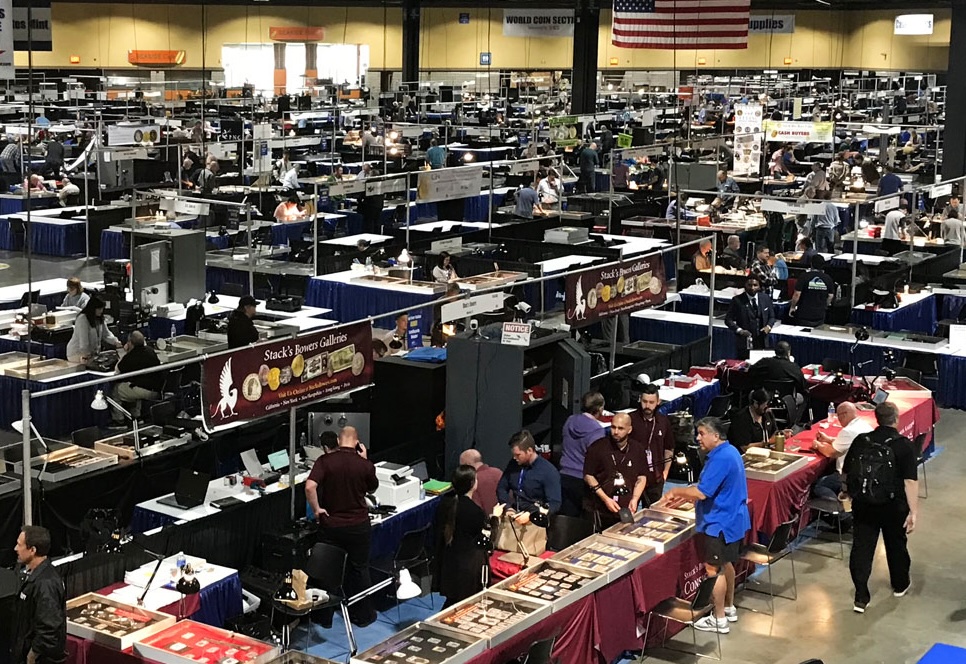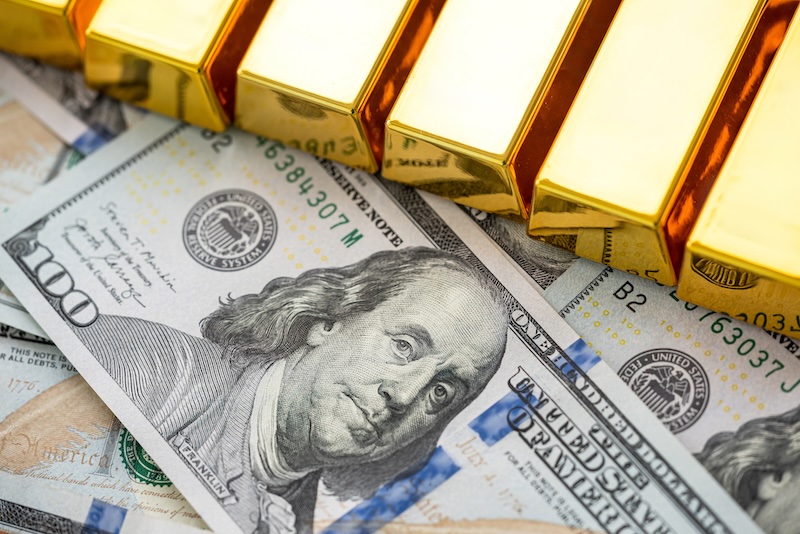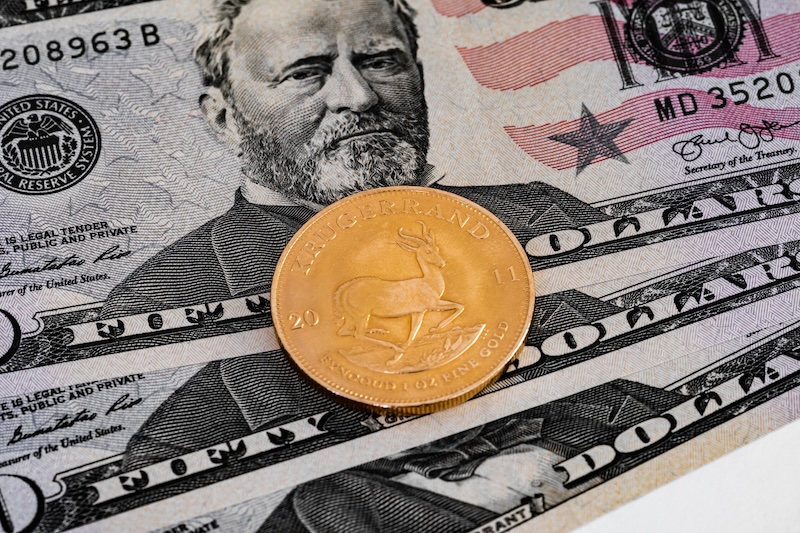Representative Thomas Massie of West Virginia announced the introduction of a new bill, Federal Reserve Board Abolition Act (H.R. 8421) to repeal the Federal Reserve Act of 1913, which would put an end to the Federal Reserve.
In a press release linked from his post on X, formerly Twitter, Massie blames the Federal Reserve for creating the current economic crisis consisting of record high inflation, compounded with ongoing high interest rates.
“Americans are suffering under crippling inflation, and the Federal Reserve is to blame,” said Rep. Massie. “During COVID, the Federal Reserve created trillions of dollars out of thin air and loaned it to the Treasury Department to enable unprecedented deficit spending. By monetizing the debt, the Federal Reserve devalued the dollar and enabled free money policies that caused the high inflation we see today.”
“Monetizing debt is a closely coordinated effort between the White House, Federal Reserve, Treasury Department, Congress, Big Banks, and Wall Street,” Rep. Massie continued. “Through this process, retirees see their savings evaporate due to the actions of a central bank pursuing inflationary policies that benefit the wealthy and connected. If we really want to reduce inflation, the most effective policy is to end the Federal Reserve.”
The bill includes a list of twenty co-sponsors.
The day before, Massie ran a poll on his X.com account, asking his followers “Should I introduce a bill to abolish the Federal Reserve?”. With more than 100,000 respondents, the results shows more than 86.6% of poll respondents choosing in favor of Ending the Fed.
In 2023, Massie re-introduced the Federal Reserve Transparency Act, which is intended to audit the Federal Reserve, which is a semi-public, semi-private organization that manages the country’s financial and banking system. The audit the Fed bill was originally introduced by former Representative Ron Paul (R-TX) in 2009.
Polling in 2013 showed that 74% of Americans support auditing the Federal Reserve, including it’s decisions and financing.
The Federal Reserve was established following the passing of Federal Reserve Act of 1913 on December 23, 1913 while most of Congress was already away for the Christmas and New Year’s holiday. President Woodrow Wilson signed the bill into law on the same day.
Creation of the Federal Reserve
Following a series of banking crises and bank runs that happened during the late 19th and early 20th centuries caused by a fragmented banking system, a group of bankers and politicians held a secret meeting at Jekyll Island, Georgia in 1910 to devise the plan to force a central banking system on the populace.
Citizens at the time were skeptical and very much against the creation of a central bank. The United States had previous attempted to implement a central bank twice.
The first Bank of the United States was in place from 1791-1811 and the second Bank of the United States from 1816 until 1836. Each lasting only 20 years, President Andrew Jackson, who opposed renewing the charter of the second US central bank, famously referred to it as “a den of vipers and thieves”.






